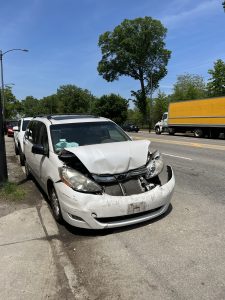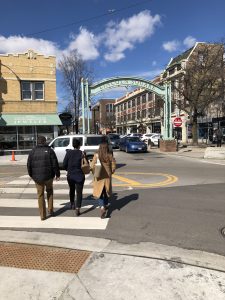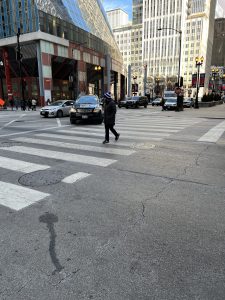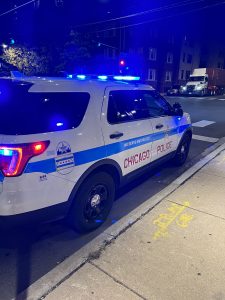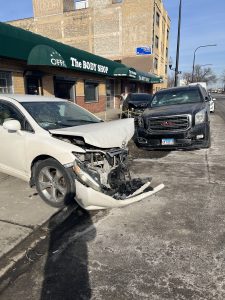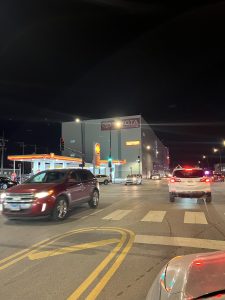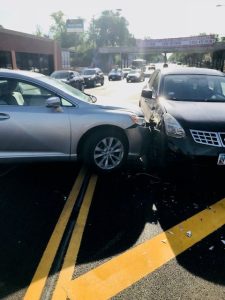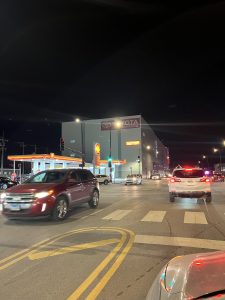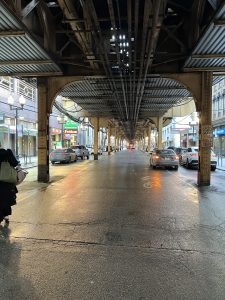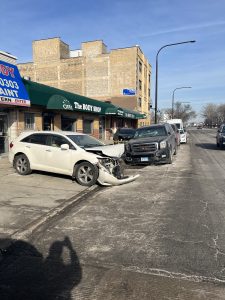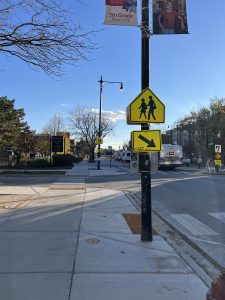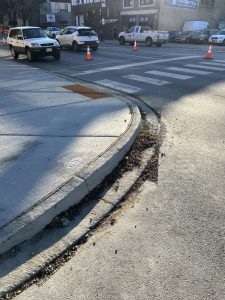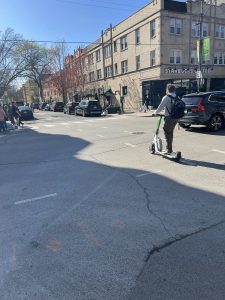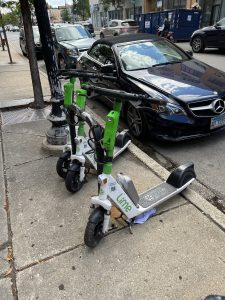Car accidents change lives in an instant. One moment, you are driving home, thinking about dinner plans, and the next, you are in an ambulance, worried about hospital bills, missed work, and whether your insurance will cover the damage. In Illinois, car accident victims have legal rights to recover compensation, but the process is not always straightforward. Zneimer & Zneimer PC, experienced Chicago personal injury attorneys, fight for their clients to ensure that the personal injury victim’s harms are properly monetized.
What Damages Can You Claim After a Car Accident?
Victims of car accidents can seek different types of damages. Illinois law separates these into compensatory damages and punitive damages, and courts treat these claims differently, depending on the evidence presented.
1. Compensatory Damages: Getting Back What You Lost
- Medical Bills: Take the case of James Henderson, who was rear-ended at a red light. The impact sent him to the hospital, where he underwent surgery for a spinal injury. His medical expenses piled up—an all-too-common scenario. Under Henderson v. Hudson (121 Ill.App.3d 780 (1984)), Illinois courts require juries to itemize compensation for economic damages like medical bills, physical therapy, and ongoing treatments.
- Lost Wages and Property Damage: A plaintiff had been saving for years to open her own bakery when a reckless driver ran a red light and totaled her car. Her injuries kept her out of work for months, setting her dream back. Illinois law allows victims to recover lost wages and compensation for the cost of repairing or replacing their vehicle.
- Pain and Suffering: Some losses are harder to quantify. When a plaintiff was struck by a distracted driver, he suffered nerve damage that left him unable to play the guitar, which was a lifelong passion. Courts recognize that victims deserve compensation for these emotional and physical losses.
- Loss of a Normal Life. According to the Illinois Civil Jury Instruction, a loss of a normal life means “the temporary or permanent diminished ability to enjoy life. This includes a person’s inability to pursue the pleasurable aspects of life.”
- Disfigurement. Illinois law recognizes disfigurement as a result of negligence as a separate element of compensable damages. This means that a person who was scarred as a result of the negligence can seek additional compensation.
To recover for the different items of damages, the personal injury
2. Punitive Damages: When Negligence Becomes Outrageous
Illinois law does not grant punitive damages lightly. These damages are meant to punish the defendant and send a message that reckless behavior will not be tolerated.
Consider Ford v. Herman (316 Ill.App.3d 726 (2000)), where a driver with a history of DUI convictions got behind the wheel after downing eight or nine beers. His reckless decision led to a horrific crash, severely injuring a family. The court awarded $6 million in punitive damages—far exceeding the victims’ medical bills—to punish the driver and deter others from drinking and driving.
Another shocking case, Denton v. Universal Am-Can, Ltd. (2019 IL App (1st) 181525), involved a trucking company that ignored federal safety regulations and allowed an unqualified driver with a suspended license to continue working. That negligence led to a catastrophic crash. The jury awarded $35 million in punitive damages, recognizing the company’s blatant disregard for public safety.
3. Credit Damage: A Tough Fight
Some victims face financial ruin after a car accident. Medical debt, missed work, and insurance disputes can lead to missed payments and a ruined credit score. But can you sue for credit damage?
In Anderson v. Nelsen (2023 IL App (4th) 220801), a plaintiff sought $25,000 in damages for his plummeting credit score. The court rejected the claim, arguing there was no clear evidence linking the accident to his financial troubles. While courts remain skeptical about credit-related damages, it is worth trying to develop the law because the loss of credit score results in monetary loss to the plaintiff and needs to be monetized. Victims must show documentation of missed payments, expert testimony on credit impact, and proof of loan denials.
Why Legal Representation Matters
Continue reading

 Chicago Accident Lawyer Blog
Chicago Accident Lawyer Blog



